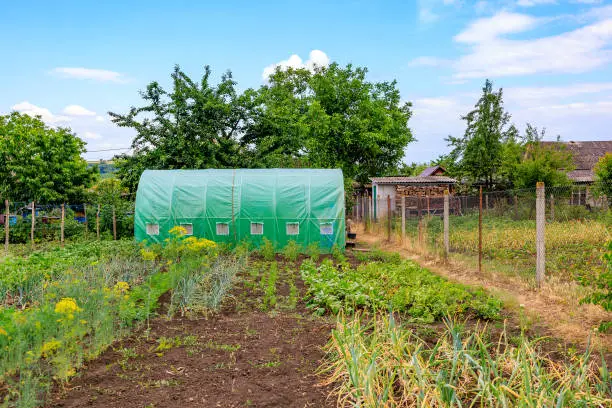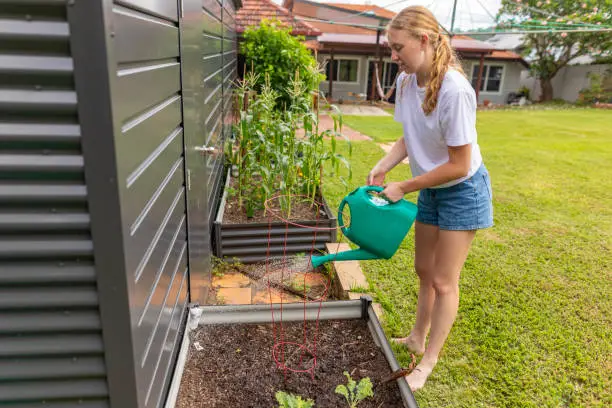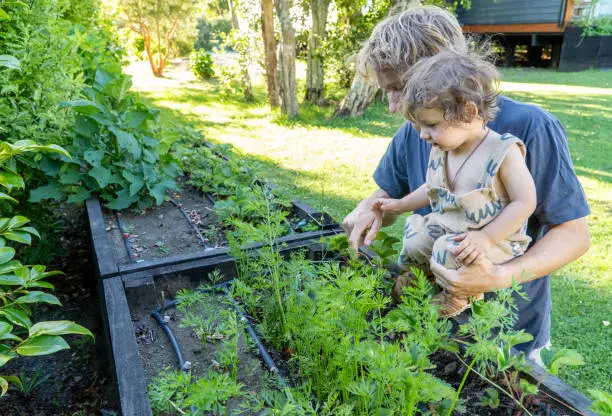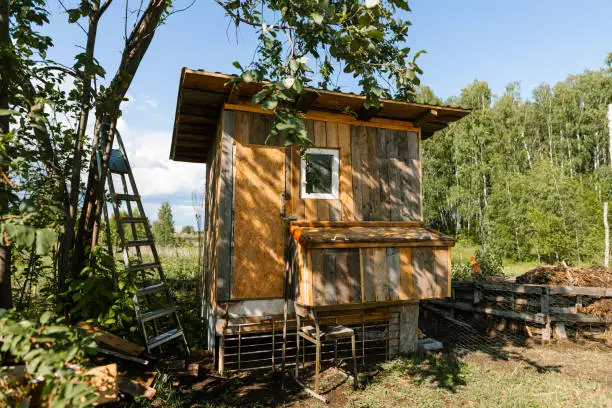Picture waking up to the smell of fresh cheese in your backyard homestead. Your elbows are in curds and whey in the morning. Cheesemaking at home combines science and tradition. After learning it, you’ll wonder why you bought store-bought.
Milk underpins creamy brie and sharp cheddar. If available, fresh milk from a cow or goat is best. Ultra-pasteurized milk is processed to high temperatures and can disrupt curdling.
Discuss soft cheeses. Their deliciousness and ease of production make them the gateway to cheesemaking. Start with ricotta. Heating milk to 185°F (85°C). Acidify using vinegar or lemon juice to create curds swiftly. Scoop fluffy clouds with a slotted spoon and drain in cheesecloth for an hour.
Are you feeling daring? Practice mozzarella next. This is about stretching! After boiling and adding rennet, you’ll knead and stretch the curds like dough until they become glossy and elastic. Cheese makes it more fun than creating pizza dough.
I love soft cheeses because they need little or no aging. But what if you want greater complexity? Enter hard cheeses.
Hard cheeses require patience but yield rich flavors over time. Start with cheddar. As before, heat milk and add rennet, but after cutting the curds into little cubes, simmer them while stirring gently for about an hour.
Drain the whey (keep it for soups or bread) and press the curds into molds using weights to remove residual liquid. Aging awaits! Depending on sharpness, cheddar takes three to two years.
Another famous hard cheese, parmesan, matures in at least 12 months! It starts with boiling milk and adding rennet but gets more complicated with salting brine baths during maturation.

When aged for months or years, Gouda has a silky texture and sweet flavor because the curds are washed in warm water before being pressed into molds!
Nothing compares to unwrapping that wax-coated wheel after months of anticipation to find golden perfection—it’s worth every second of waiting!
Mold will grow where it shouldn’t, or your cheese will turn out dry or crumbly instead of creamy, but that’s part of the learning curve we all face!
Here is a funny story: I attempted to create blue cheese without realizing my kitchen was too humid, and it looked like a Frankenstein science experiment gone wrong! But guess what? I learned from mistakes—you will, too!
Sanitize equipment before each batch to keep bacteria out—they’re party crashers.
Include family and friends—it enriches the experience with laughter, cheesiness, and lasting memories.
Grab a gallon of farm-fresh milk, roll your sleeves, and prepare for a voyage full of unexpected turns and delightful discoveries. Happy cheesemaking!
Waking up to the smell of fresh cheese on your backyard farm is fantastic. Start the day elbow-deep in curds and whey. Home cheesemaking combines science and tradition, making store-bought cheese obsolete.
Fresh cow or goat milk is necessary. Use anti-curdling ultra-pasteurized milk. Ricotta is beginner-friendly. Heat milk to 185°F (85°C), add vinegar or lemon juice, scoop curds, and drain in cheesecloth for an hour. Making bolder mozzarella needs kneading and stretching curds till glossy.
Hard cheeses add complexity. To make cheddar, boil curds and press them into molds. Aging takes months to years of patience. Parmesan requires 12 months of salting brine baths. Gouda, made from curds, is delicious and rewards months of patience.
Cheesemaking can be moldy and crumbly. Sanitizing equipment and inviting relatives brings fun and memories. Discover delicious cheesemaking with a gallon of farm-fresh milk.

Making Butter and Cream on Your Backyard Homestead
Imagine standing on your lawn with a bucket of fresh milk on a crisp morning with the sun peaking over the horizon. Turning liquid gold into creamy butter and cream is lovely—like turning water into wine, but better on toast.
Start with raw milk. Your cow or goat puts you ahead of the game. Otherwise, buy it at a dairy farm or farmer’s market. I promise that homemade butter will make store-bought taste like cardboard.
Let’s begin. Let fresh milk rest in the fridge for 24 hours. This lets the cream rise. Be bold and scoop or spoon out as much cream as you can.
After gathering two cups of cream, perform some magic. Please put it in a Mason jar with a tight lid and shake it like crazy. Your daily workout is here! Shake vigorously until the cream thickens and separates into butter and buttermilk.
I once had my kids do this segment as an impromptu dance-off challenge. These jars were shaken so forcefully they may have auditioned for “So You Think You Can Dance.” We got delicious butter and weary kids ready for bed!
If your jar has solid clumps, you’ve made butter! Strain buttermilk through cheesecloth or a fine-mesh strainer to reserve it for pancakes or biscuits.
Be patient! There is no end yet. Wash your butter under cold water to remove buttermilk, or it will rot faster. Knead it lightly under running water until clear.
How better to finish delicacies than with handmade whipped cream? Whip part of the reserved cream (before shaking) with an electric mixer until soft peaks form—no sweat like making butter!
Adding vanilla essence and sugar makes this simple pleasure excellent for topping pies or hot chocolate over the fire pit on cold evenings.
Remember grandmother churning butter on her porch? She was creating memories of love and tradition to pass down through generations, not simply food.
Backyard homesteading is about self-sufficiency and reconnection with simpler times, a breath of fresh air in our fast-paced existence.
I’ve had this happen: one summer evening, after churning our batch of golden goodness as a family activity, we sat outside at a picnic table and ate freshly baked bread slathered generously, laughing across the yard.
Imagine making butter and cream from fresh milk on a crisp morning. Start with raw cow, goat, or dairy farm milk. Reserve the milk in the fridge for 24 hours to raise the cream. Scoop cream and shake it in a Mason jar to separate butter and buttermilk.
Strain buttermilk and wash butter in cool water to remove residue. Knead lightly and flavor with salt or herbs. Whisk reserved cream with sugar and vanilla essence for exquisite whipped cream to garnish desserts.
Homesteading in the backyard is about self-sufficiency and nostalgia. It’s fun to make butter with family, establishing memories and traditions. Picture a summer evening with laughter in the yard and fresh bread with handmade butter. This simple joy bonds families, enriching homesteading.





Leave a Reply
You must be logged in to post a comment.